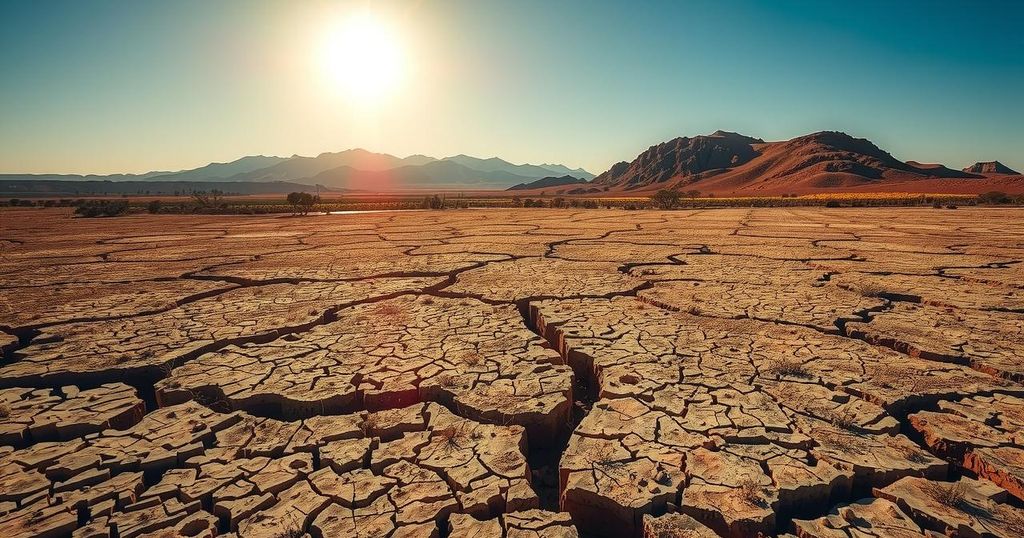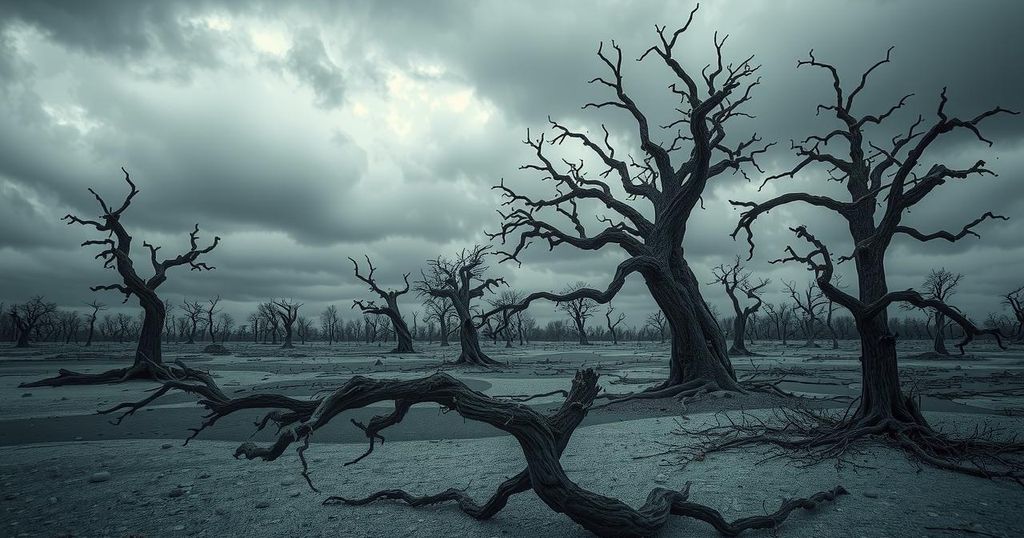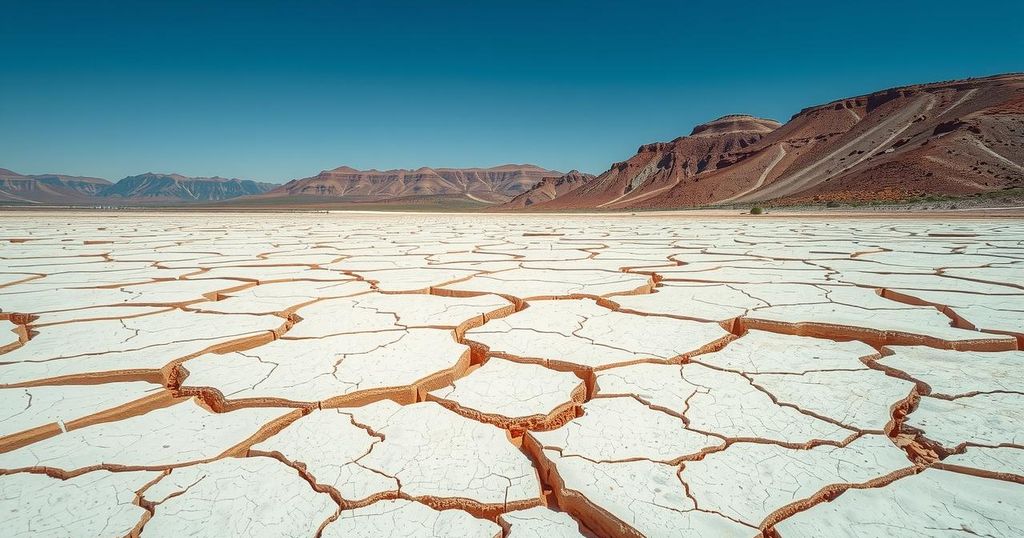Climate change
AFRICA, ALPINE, BERN, CANADA, CLIMATE, COLUMBIA MOUNTAINS, DA, DAVOS, DEEPL, EUROPE, EXTREME WEATHER, GLOBAL WARMING, KLIMAWANDEL, MALI, MGA, NORTH AMERICA, PRAGUE, RAIN, SCIENCE, SLF, SWITZERLAND, UNITED STATES, WEATHER, WEISSFLUHJOCH, WSL INSTITUTE FOR SNOW AND AVALANCHE RESEARCH, ZERMATT
Leila Ramsay
0 Comments
Climate Change Set to Alter Avalanche Patterns in Switzerland by 2100
By 2100, climate change is projected to decrease avalanches overall in Switzerland, yet increase the occurrence of wet snow avalanches. A rise in winter temperatures is likely to reduce avalanche activity but may also result in extreme weather events leading to larger avalanches at higher altitudes, necessitating safety measures for affected ski resorts.
Climate change is anticipated to cause a decrease in the number of avalanches in Switzerland, but a notable rise in wet snow avalanches is expected by the year 2100. Researchers from the WSL Institute for Snow and Avalanche Research (SLF) indicated that if winter temperatures increase by approximately five degrees Celsius, the overall avalanche activity will decline. Nonetheless, extreme weather events may still trigger larger avalanches at high altitudes, which could potentially reach valley locations due to channeling effects. The study conducted by SLF analyzed the impact of climate change on avalanche occurrences at various Swiss locations, including Weissfluhjoch and a station near Zermatt at an elevation of 2,700 meters. Researchers have concluded that ski resorts in high-risk areas may need to close to ensure safety.
The impact of climate change on snowfall and avalanche patterns is a significant concern for regions like Switzerland, which are particularly vulnerable due to their topography and climate. As temperatures rise, the dynamics of snow accumulation and melt are shifting, leading to an anticipated decline in dry snow avalanches while increasing the prevalence of wet snow avalanches. These changes pose challenges for safety and risk management in mountainous areas.
In summary, climate change is set to transform avalanche dynamics in Switzerland by 2100, with predictions of fewer overall avalanches but an increase in dangerous wet snow avalanches. While average winter temperatures are expected to rise, leading to potential reductions in snowfall at lower elevations, extreme weather events could still result in significant avalanche risks, particularly in elevated regions. Comprehensive safety measures, including the closure of at-risk ski resorts, are advised by researchers to mitigate potential dangers.
Original Source: www.swissinfo.ch




Post Comment